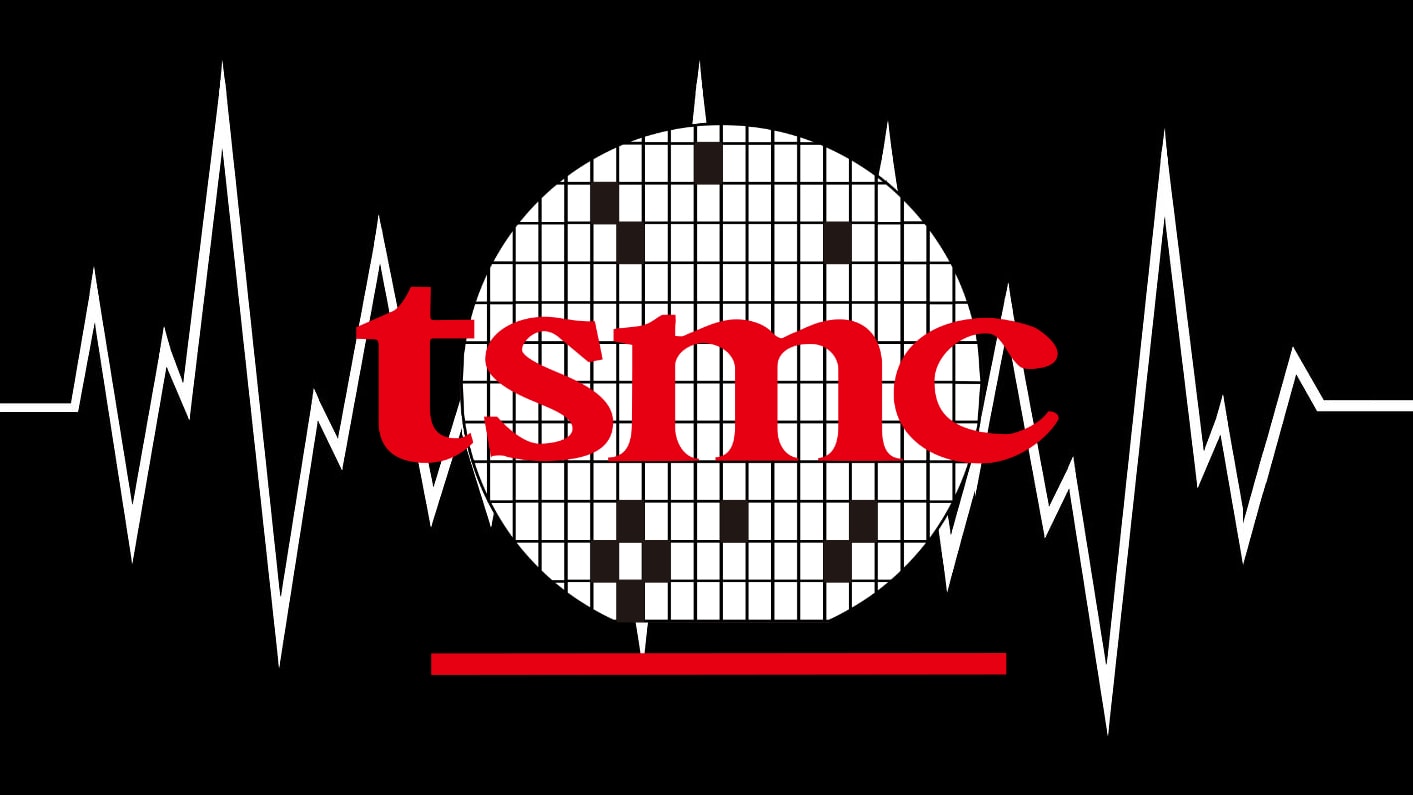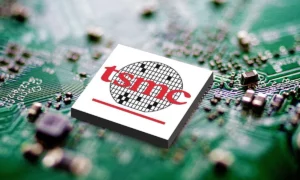Introduction:
In a recent update, Taiwan Semiconductor Manufacturing Company (TSMC) provided insights into the recovery progress following the earthquake that struck the region on April 4. The earthquake, with a magnitude of 6.6, had prompted concerns regarding its impact on TSMC’s operations, considering the company’s significant role in the global semiconductor supply chain. However, TSMC’s swift response and resilience have been evident in its ongoing recovery efforts.
As of April 4, TSMC has achieved an impressive overall tool recovery rate of more than 80% across its fabs. This achievement stands out, considering the magnitude of the earthquake and the potential disruptions it could have caused. Remarkably, TSMC’s Fab 18 facility is expected to achieve full recovery by the end of the night, demonstrating the company’s efficiency in addressing operational challenges.
Follow us on Linkedin for everything around Semiconductors & AI
Earthquake: TSMC EUV is Safe
Despite the robust recovery progress, TSMC acknowledged that a small number of tools sustained damage at certain facilities, resulting in partial disruptions to operations. However, reassuringly, the company emphasized that none of its critical tools, including all extreme ultraviolet (EUV) lithography tools, were affected. This underscores TSMC’s commitment to safeguarding its essential equipment, which is pivotal for maintaining production continuity and meeting customer demands.
While the majority of TSMC’s production lines are swiftly returning to normalcy, the company highlighted that certain areas experiencing greater seismic impact may require additional time for adjustment and calibration before fully automated production resumes. This cautious approach reflects TSMC’s dedication to upholding quality standards and ensuring the reliability of its semiconductor products.
Taiwan Semiconductor Manufacturing Company (TSMC) appears to be recovering well from the recent earthquake. Here’s a summary of the latest updates:
Their most advanced factories, including the one producing chips for Apple and Nvidia, are expected to be fully recovered by April 4th .

TSMC’s proactive response to the earthquake-induced challenges exemplifies its resilience and preparedness to navigate unforeseen disruptions. The company’s ability to swiftly restore operations and minimize the impact on its production capabilities underscores its strategic importance within the semiconductor industry.
Moreover, TSMC’s resilience in the face of adversity serves as a testament to the robustness of Taiwan’s semiconductor ecosystem. The island nation has long been recognized as a global hub for semiconductor manufacturing, and TSMC’s handling of the recent earthquake reaffirms its status as a key player in this critical industry.
“As of April 4, overall tool recovery of our fabs reached more than 80%, with new fabs such as the Fab 18 facility are expected to reach full recovery later tonight. A small number of tools were damaged at certain facilities, partially impacting their operations. However, there is no damage to our critical tools including all of our extreme ultraviolet (EUV) lithography tools. Certain production lines in areas which experienced greater seismic impact are expected to require more time for adjustment and calibration before returning to fully automated production.”
~TSMC
TSMC will closely monitor the situation. It will implement necessary measures. The goal is to ensure uninterrupted semiconductor supply. This is to its customers worldwide. Operational resilience and customer satisfaction are prioritized. TSMC aims to overcome challenges. It seeks to sustain its position as a leading semiconductor manufacturer in the future.




